 Police arrested more protesters on Vancouver Island despite logging pause, spurring calls for rhetoric-free info on old-growth. In related headlines: protesters’ agenda not in the public’s interest (Resource Works); can conservationists purchase the timber rights (The Discourse); and a family visit to the front lines (Castanet). Elsewhere: New Brunswick dodges spruce budworm infestation; and stories on forests and climate mitigation from BC and Russia.
Police arrested more protesters on Vancouver Island despite logging pause, spurring calls for rhetoric-free info on old-growth. In related headlines: protesters’ agenda not in the public’s interest (Resource Works); can conservationists purchase the timber rights (The Discourse); and a family visit to the front lines (Castanet). Elsewhere: New Brunswick dodges spruce budworm infestation; and stories on forests and climate mitigation from BC and Russia.
In Business news: Canada grimaces amid US trade blows; the Canadian Bioeconomy Conference wrap-up by Rob van Adrichem; and stories from Dust Safety Week on fibre pile management and the importance of blast zones. Meanwhile, Western Forest Products’ releases its Sustainability Report; Paper Excellence partners to plant trees; and updates on US and Canadian housing starts, lumber prices, and new home sales.
Finally, a new wood trade analysis service by Lesprom, and sawmill directory by Madison’s.
Kelly McCloskey, Tree Frog Editor
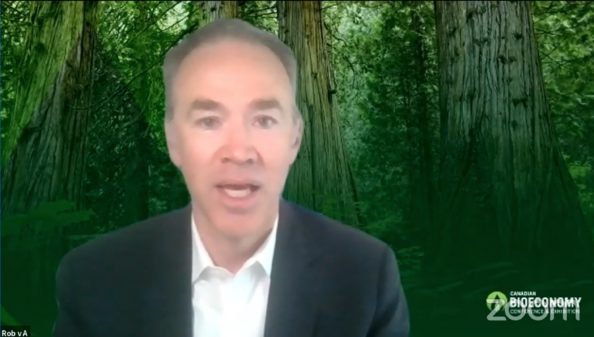


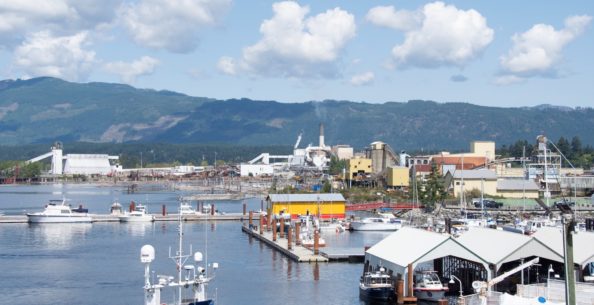

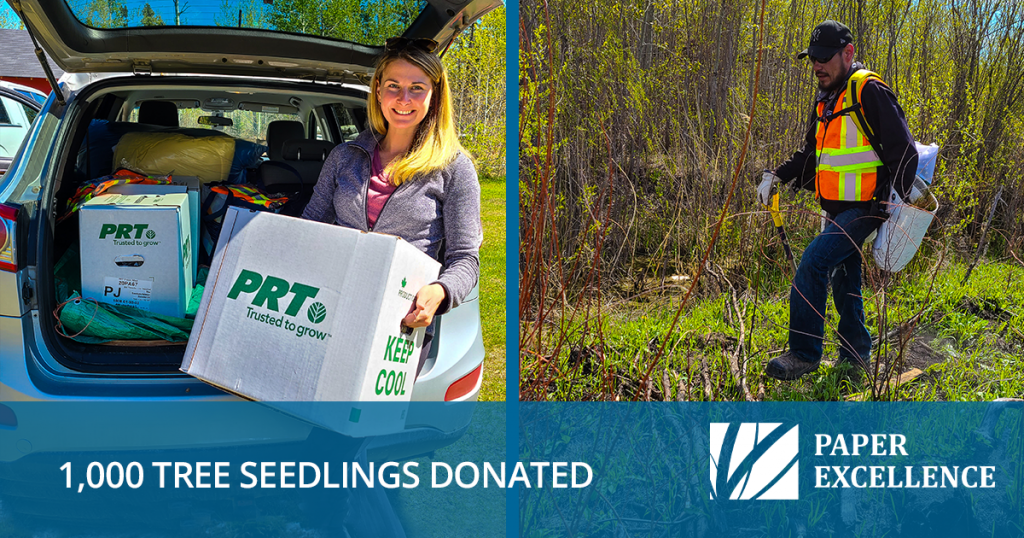
 Vancouver, British Columbia – Western Forest Products Inc. announced the release of our 2020 Sustainability Report detailing the progress and commitment to our key sustainability initiatives. This includes the completion of our first full lifecycle carbon accounting, which confirmed the positive role Western’s sustainable forest management practices and wood products have in fighting against climate change. “Sustainability is engrained in Western’s vision and values and I am tremendously proud of the progress we have made to confirm the positive impact our business makes,” said Don Demens, President and Chief Executive Officer. “Our sustainable forest management practices and the wood products we manufacture play a key role in reducing global greenhouse gases. At the same time, the COVID-19 pandemic has further highlighted the importance of nurturing and building positive relationships with our people, First Nations, customers, communities and other stakeholders.”
Vancouver, British Columbia – Western Forest Products Inc. announced the release of our 2020 Sustainability Report detailing the progress and commitment to our key sustainability initiatives. This includes the completion of our first full lifecycle carbon accounting, which confirmed the positive role Western’s sustainable forest management practices and wood products have in fighting against climate change. “Sustainability is engrained in Western’s vision and values and I am tremendously proud of the progress we have made to confirm the positive impact our business makes,” said Don Demens, President and Chief Executive Officer. “Our sustainable forest management practices and the wood products we manufacture play a key role in reducing global greenhouse gases. At the same time, the COVID-19 pandemic has further highlighted the importance of nurturing and building positive relationships with our people, First Nations, customers, communities and other stakeholders.”  Lesprom Network, the global marketplace for wood products, today announces the launch of a beta version of the wood export and import data analysis service Lesprom Analytics. The service collects data on the export and import of wood products around the world, instantly processes them and provides users with ready-made analytical reports containing graphs and descriptions. The beta contains dozens of pre-built analytics templates and analyzes trade data for 24 types of wood products, including wood chips, wood pellets, logs, lumber, and more. Lesprom Analytics also allows users to create customized analytical reports based on parameters such as export and import countries, product type and wood species. The advantage of the service is the ability to instantly collect and process big data of export-import statistics and promptly provide users with analytical reports that can be downloaded in various formats.
Lesprom Network, the global marketplace for wood products, today announces the launch of a beta version of the wood export and import data analysis service Lesprom Analytics. The service collects data on the export and import of wood products around the world, instantly processes them and provides users with ready-made analytical reports containing graphs and descriptions. The beta contains dozens of pre-built analytics templates and analyzes trade data for 24 types of wood products, including wood chips, wood pellets, logs, lumber, and more. Lesprom Analytics also allows users to create customized analytical reports based on parameters such as export and import countries, product type and wood species. The advantage of the service is the ability to instantly collect and process big data of export-import statistics and promptly provide users with analytical reports that can be downloaded in various formats.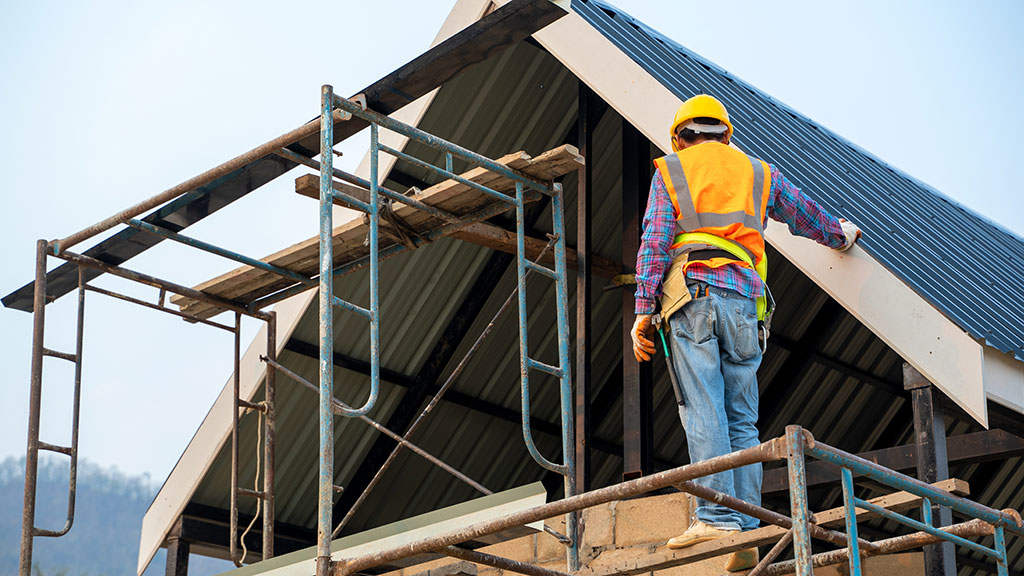





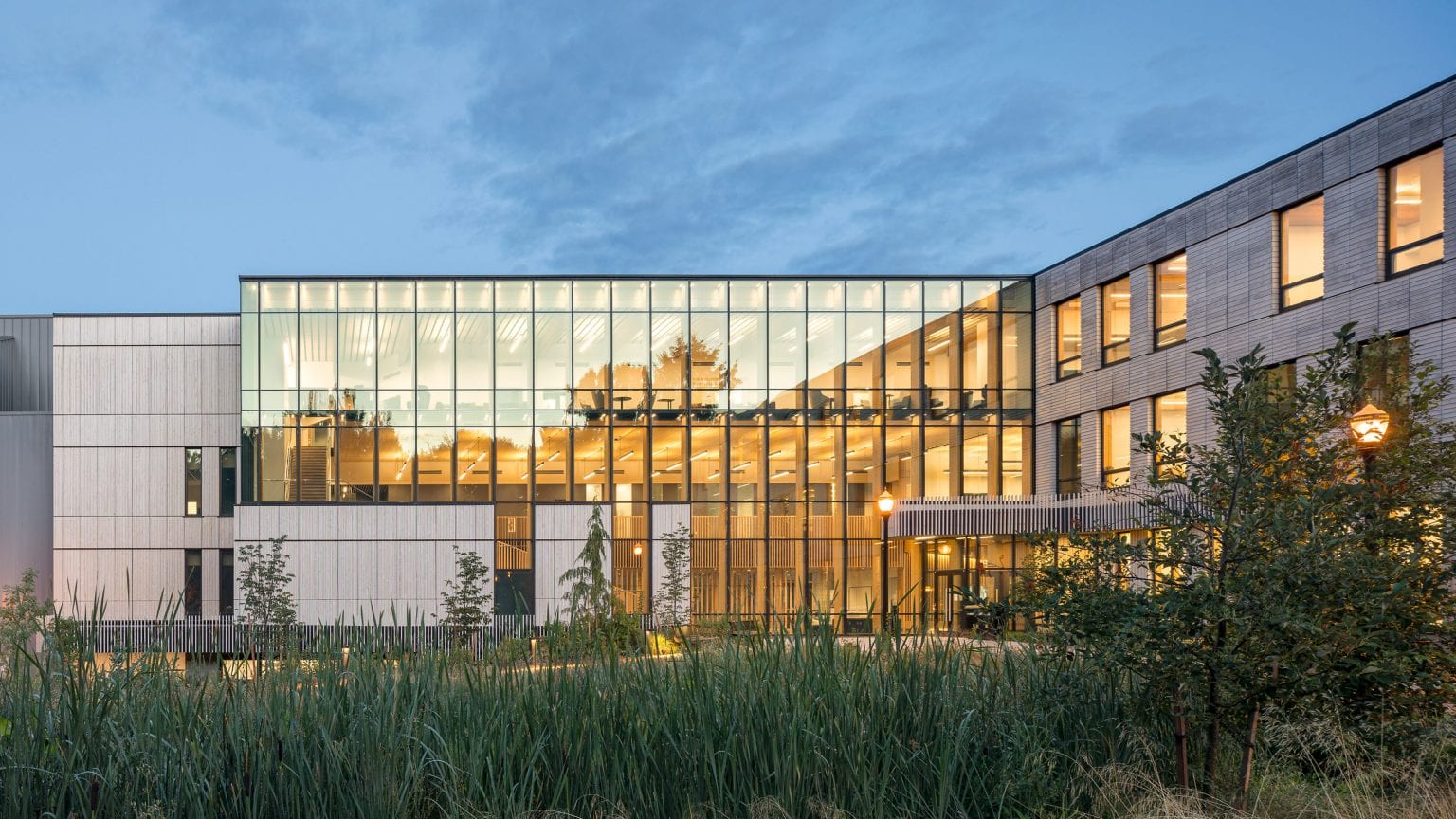
 With the 2021 wildfire season well underway, the B.C. government has stepped up with more than $20 million to reduce risks around communities and support new research into predicting wildfire activity. “Over and above the $22 million already provided, we are adding another $15 million as part of our commitment to help make communities more resilient to wildfire threats,” said Katrine Conroy, Minister of Forests. “We are also funding a $5-million endowment to create a fire science research chair at Thompson Rivers University. The goal of these commitments is to make communities safer, reduce wildfire risks and research new ways of mitigating wildfire risks.” Mike Flannigan, an award-winning researcher and leading expert on wildfire behaviour and landscape fire modelling, has been named as the British Columbia research chair in predictive services, emergency management and fire science at Thompson Rivers University, starting in July 2021.
With the 2021 wildfire season well underway, the B.C. government has stepped up with more than $20 million to reduce risks around communities and support new research into predicting wildfire activity. “Over and above the $22 million already provided, we are adding another $15 million as part of our commitment to help make communities more resilient to wildfire threats,” said Katrine Conroy, Minister of Forests. “We are also funding a $5-million endowment to create a fire science research chair at Thompson Rivers University. The goal of these commitments is to make communities safer, reduce wildfire risks and research new ways of mitigating wildfire risks.” Mike Flannigan, an award-winning researcher and leading expert on wildfire behaviour and landscape fire modelling, has been named as the British Columbia research chair in predictive services, emergency management and fire science at Thompson Rivers University, starting in July 2021.




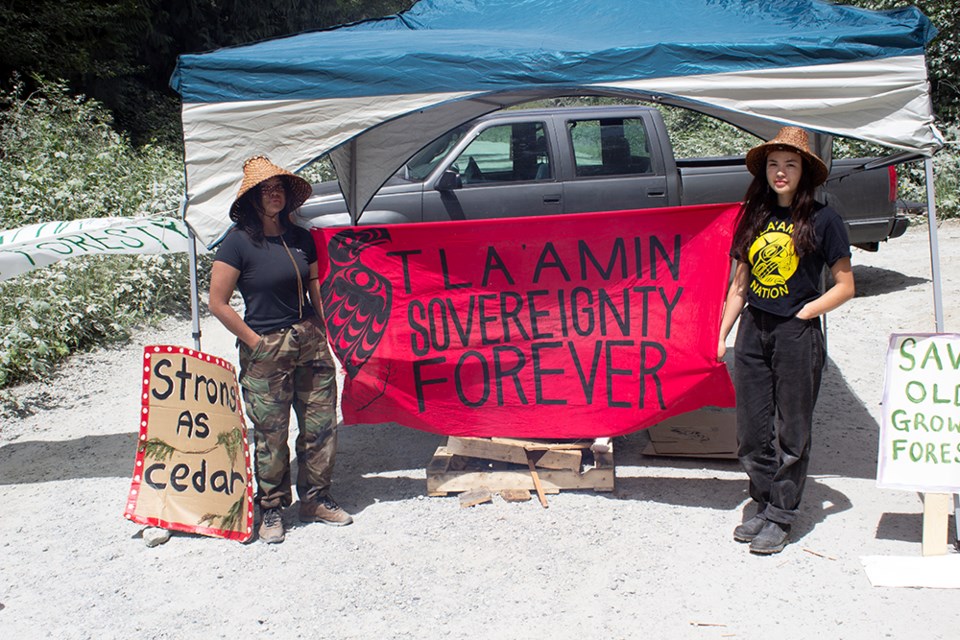
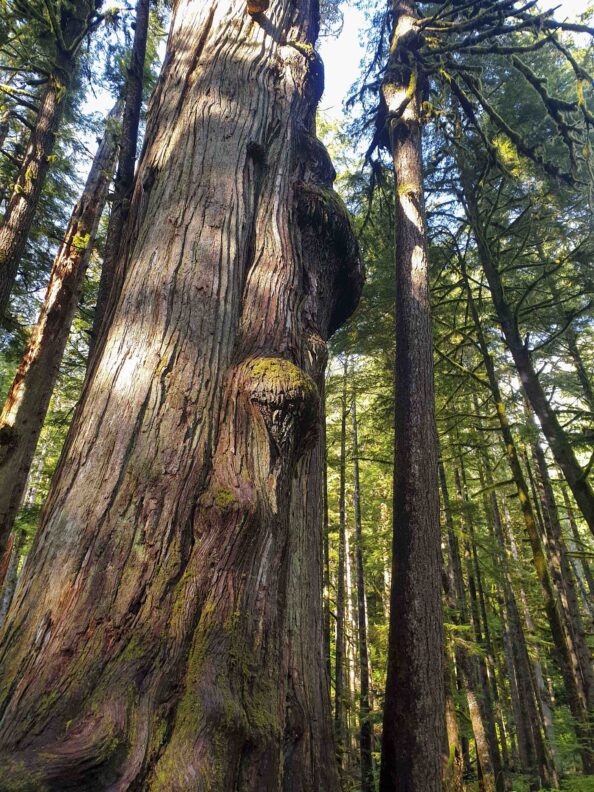 When advocates call for ending “old growth logging,” what do they mean? And why is it being logged? A forestry worker gets past the rhetoric. It’s perfectly reasonable to be against logging certain areas and advocate for an expansion of protected forests. Perhaps you even hold a stance against old growth logging, based solely on principle. What is unreasonable however, is the continuous shifting of goalposts and basing opinion, or indeed an entire campaign, on falsehoods and half-truths. Unfortunately, much of the rhetoric surrounding the protests at Fairy Creek is built on this sort of misinformation, intentional or otherwise. With the current controversies over old growth logging heating up across the province, let’s establish a baseline of fact so that both parties can respectfully engage on the same terms. …Well-meaning activists must reject the temptation to mislead the equally well-meaning public with easily digestible slogans that distort the reality of an industry that we as British Columbians will continue to rely on for generations to come.
When advocates call for ending “old growth logging,” what do they mean? And why is it being logged? A forestry worker gets past the rhetoric. It’s perfectly reasonable to be against logging certain areas and advocate for an expansion of protected forests. Perhaps you even hold a stance against old growth logging, based solely on principle. What is unreasonable however, is the continuous shifting of goalposts and basing opinion, or indeed an entire campaign, on falsehoods and half-truths. Unfortunately, much of the rhetoric surrounding the protests at Fairy Creek is built on this sort of misinformation, intentional or otherwise. With the current controversies over old growth logging heating up across the province, let’s establish a baseline of fact so that both parties can respectfully engage on the same terms. …Well-meaning activists must reject the temptation to mislead the equally well-meaning public with easily digestible slogans that distort the reality of an industry that we as British Columbians will continue to rely on for generations to come.






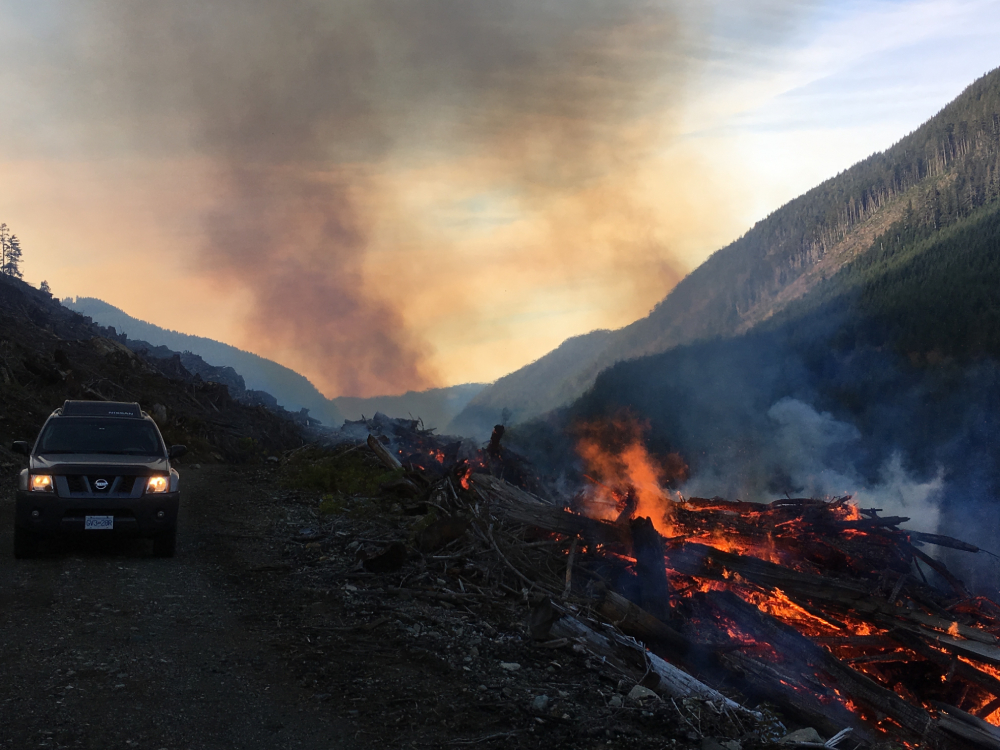
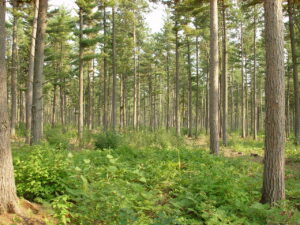 Russia is the world’s largest forest country. Being home to more than a fifth of forests globally, the country’s forests and forestry have enormous potential to contribute to making a global impact in terms of climate mitigation. A new study by IIASA researchers, Russian experts, and other international colleagues have produced new estimates of biomass contained in Russian forests, confirming a substantial increase over the last few decades. … The authors note that while Russian forests and forestry have great potential in terms of global climate mitigation as well as numerous potential co-benefits relating to the green economy and sustainable development, it is important to highlight that as the climate becomes more severe, as in recent years, resulting forest disturbances might nullify these gains. Close collaboration of science and policy would therefore be critical to elaborate and implement adaptive forest management.
Russia is the world’s largest forest country. Being home to more than a fifth of forests globally, the country’s forests and forestry have enormous potential to contribute to making a global impact in terms of climate mitigation. A new study by IIASA researchers, Russian experts, and other international colleagues have produced new estimates of biomass contained in Russian forests, confirming a substantial increase over the last few decades. … The authors note that while Russian forests and forestry have great potential in terms of global climate mitigation as well as numerous potential co-benefits relating to the green economy and sustainable development, it is important to highlight that as the climate becomes more severe, as in recent years, resulting forest disturbances might nullify these gains. Close collaboration of science and policy would therefore be critical to elaborate and implement adaptive forest management.

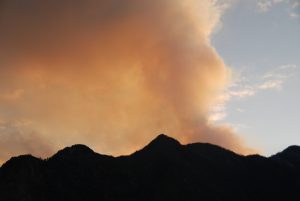 BC Wildfire Service crews were on scene battling several new out-of-control wildfires on Wednesday. Crews were called to an area 11 kilometres southwest of Kamloops, where an 0.5 hectare fire was burning next to the Coquihalla Highway. Near Nelson in the West Kootenay, crews were battling the 0.5 hectare Balfour Knob fire, located four kilometres north of Balfour. Smoke from the fire was visible from Nelson, but no structures were threatened… The fire is believed to have been caused by lightning. Crews were also about 13 kilometres southeast of Hope Wednesday, fighting the Eleven Mile Creek fire. That fire … had grown to 50 hectares in size, and burning away from Highway 3 in steep, rugged terrain. The BC Wildfire Service said smoke from the fire was highly visible from the highway. Sixty-one firefighters were on scene, with the support of four helicopters. No structures were threatened.
BC Wildfire Service crews were on scene battling several new out-of-control wildfires on Wednesday. Crews were called to an area 11 kilometres southwest of Kamloops, where an 0.5 hectare fire was burning next to the Coquihalla Highway. Near Nelson in the West Kootenay, crews were battling the 0.5 hectare Balfour Knob fire, located four kilometres north of Balfour. Smoke from the fire was visible from Nelson, but no structures were threatened… The fire is believed to have been caused by lightning. Crews were also about 13 kilometres southeast of Hope Wednesday, fighting the Eleven Mile Creek fire. That fire … had grown to 50 hectares in size, and burning away from Highway 3 in steep, rugged terrain. The BC Wildfire Service said smoke from the fire was highly visible from the highway. Sixty-one firefighters were on scene, with the support of four helicopters. No structures were threatened.